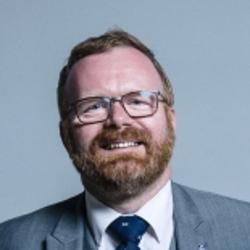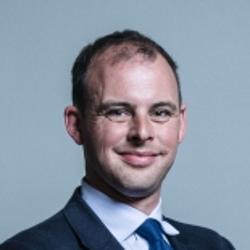Internet: Linlithgow and East Falkirk
(asked on 5th June 2020) - View SourceQuestion to the Department for Digital, Culture, Media & Sport:
To ask the Secretary of State for Digital, Culture, Media and Sport, what recent estimate the Government has made of the number of people in Linlithgow and East Falkirk constituency who do not have access to the internet.
The House of Commons Library produces an analysis of Ofcom Connected Nations data at constituency level: https://commonslibrary.parliament.uk/science/technology/constituency-data-broadband-coverage-and-speeds/. For the constituency of Linlithgow and East Falkirk it shows that:
91% of the constituency is classified as urban and 9% is rural.
Within urban areas, 0.2% of premises are unable to receive decent broadband whilst 97% can receive superfast broadband.
Within the rural areas, 10% of premises are unable to receive decent broadband whilst 83% can receive superfast broadband.
Decent broadband is classified by Ofcom as at least 10Mbps.
Superfast broadband is classified by Ofcom as at least 30Mbps.
The three areas with the poorest connectivity are Braes Villages, Carse & Grangemouth Old Town and Linlithgow South.
The Scottish Government is running the Reaching 100 (R100) programme to ensure that all premises in Scotland can access at least superfast speeds. In lieu of that, DCMS operates the UK-wide Rural Gigabit Broadband Voucher Scheme which provides up to £1,500 for rural homes and up to £3,500 for rural small businesses/sole traders to contribute towards the cost of installing gigabit-capable connectivity. Furthermore, premises currently unable to receive at least 10Mbps could potentially qualify for the Universal Service Obligation (USO) which Ofcom launched in March 2020.

